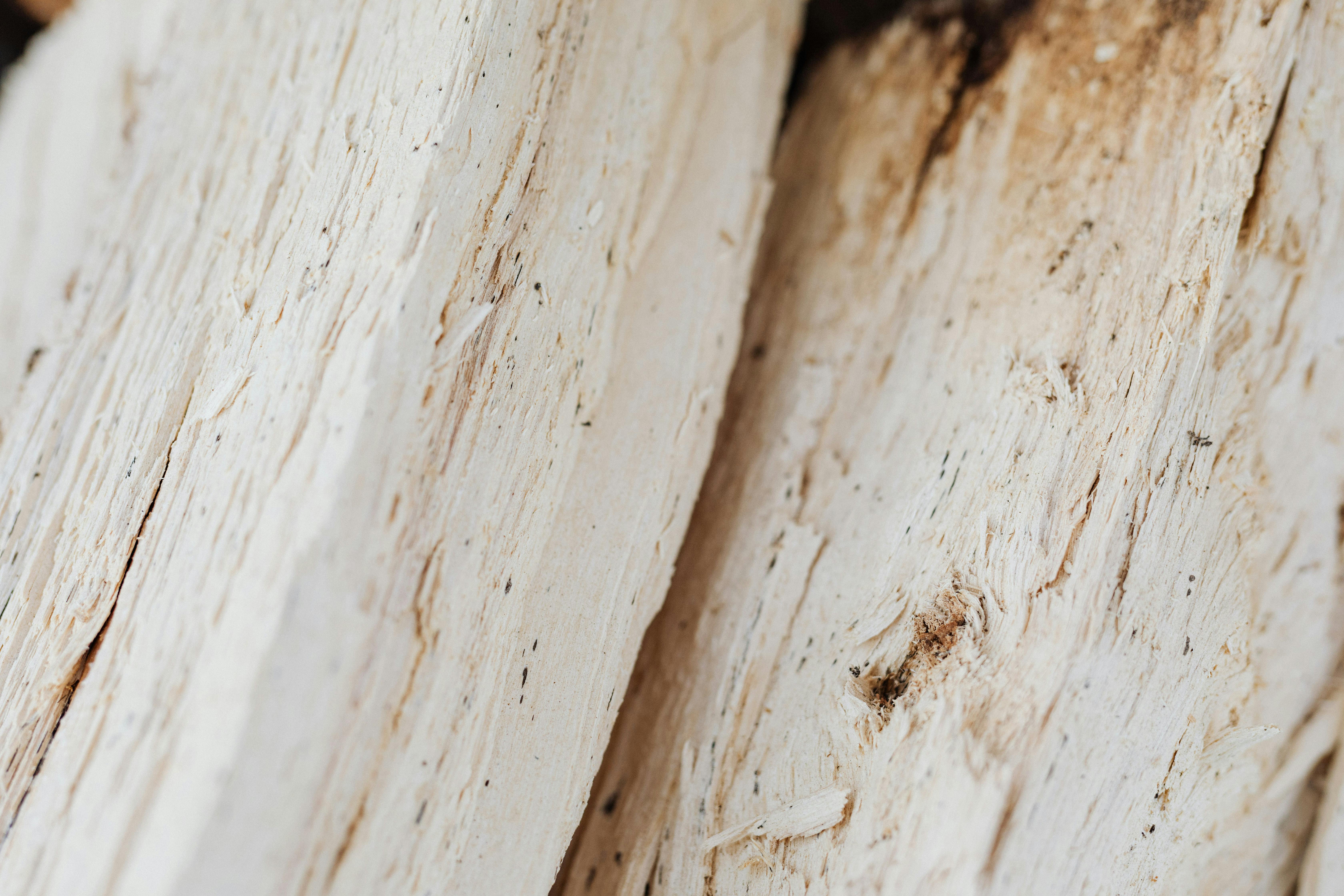In October 1978, the cover of National Geographic showed a self portrait of a gorilla using a camera. I’m serious, you can look it up if you want. The cover photo was a self-portrait, taken by a gorilla, and by the standards of the time, it was actually quite good!
Every year, 100 million Americans take some pretty good photos, too. OK, admittedly not all of them are that good. . . but with autofocus and extremely high megapixels, it’s pretty safe to say that more people are taking better pictures than ever before. So the obvious question is where does that leave us “serious” photographers?
For those of us who know “good enough” isn’t good enough; we must try harder; we must create with more artistic flair and emotional impact. The desire to go beyond the basics is what separates us from . . . the gorillas of the world Technologically advanced cameras are now so readily available that anyone can buy one at their local Wal-Mart just as easily as they buy groceries.
Having a great camera doesn’t make a great photographer. Learning how to create a great photo is not as simple as you might think. There may be thousands; if not hundreds of thousands of books and magazines that will teach you the craft of photography. But learning just the trade is like running a race in one shoe. Photography is both an art and a craft.
The trade is quite well known; shutter speeds, f-stops, filters and the like, are an extremely important key to any photographer’s success. Of course; the craft of photography is only half the story, it’s the easy half that even a great ape could learn (but not everyone does).
The other half, the one that even those who search don’t always find, is the art of photography. There is a common misunderstanding that leads people to believe that “art is what pleases the eye.” While this may be true in part, it is also incomplete. A New York Times art critic once said, “The function of art is to clarify, intensify, or amplify our experience of life.”
Visit any National Park, go to a scenic lookout and just sit back and watch. Lots of people will go up, jump off, take their photo, and walk away again. This person is taking a picture. Just put; he will take what is in front of him and dismiss all creative possibilities, because he has what he wants.
On the other hand, wait a little longer and you will see someone getting out of their car slowly. She cautiously approaches the scene with a silent reverence. Her eyes will explore like a small child in a toy store. He can crouch or crane his neck to see further than his body normally allows. This person is doing a photographer. His mind is open to creative possibilities.
If you want to take better photos, rather than just take more photos, there are some basic steps to remember.
1. Photograph what you like the most. Photography is like a love story, it should not be taken lightly. You don’t share your heart with every person you meet; likewise, don’t waste your passion on areas of little interest. I, for one, would never be good at aerial photography; Mainly for fear of heights.
2. Get ready. Learn all you can. Books and magazines are only part of the resources you have available. Internet websites, podcasts, art galleries, and photo shows allow you to expand your own vision. It’s very hard for someone to think outside the box who hasn’t even tried to open the lid. Give your mind something to be creative with.
3. Become one with your subject. When the opportunity arrives; let your eyes dance over the subject, catch the lights and the shadows. The art of seeing photographically means going beyond the surface. Take a break; Look at it from all possible angles. Whether your subject is alive or not, treat it like your best friend. That’s where the passion comes from.
4. Think about your shots. What emotions do you feel when you look through your viewfinder or at that digital screen? If you can put your feelings into words, the next step is to put those words on film (or digital media). Keep a goal in mind when you take your photos and you’ll get great creative images, not just take average snapshots.
5. Multiply the possibilities. The right subject at the right time is what great photography is all about. Shoot your subject several times from several different angles. If this is a once in a lifetime opportunity; leave nothing to chance, take multiple exposures too. Remember, your camera always wants to average the light. If you want better than average results, push your gear and your mind.
6. Take notes. A pencil is the cheapest photographic equipment you can carry. Whether an image is a hit or a flop, it means nothing, unless you can do it again. Don’t change too many things at once, at least you’ll end up with no idea what made the image work. Document your efforts, and don’t be afraid to learn from your failures as well as your successes.
Taking a photo is like drawing water from a well. If the well is dry, it doesn’t matter how many times you raise or lower the bucket. Your job is to keep those creative juices flowing. As you fill the well, with knowledge and experience, more inspiration will surface. What gives you style or makes your work unique is what you bring to the surface. The more you put into it, the more you get out of it.




